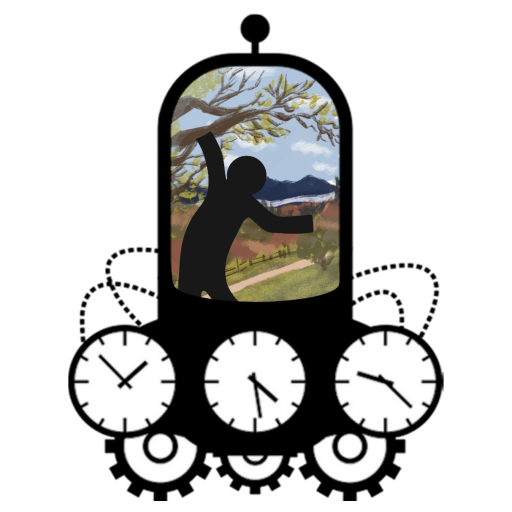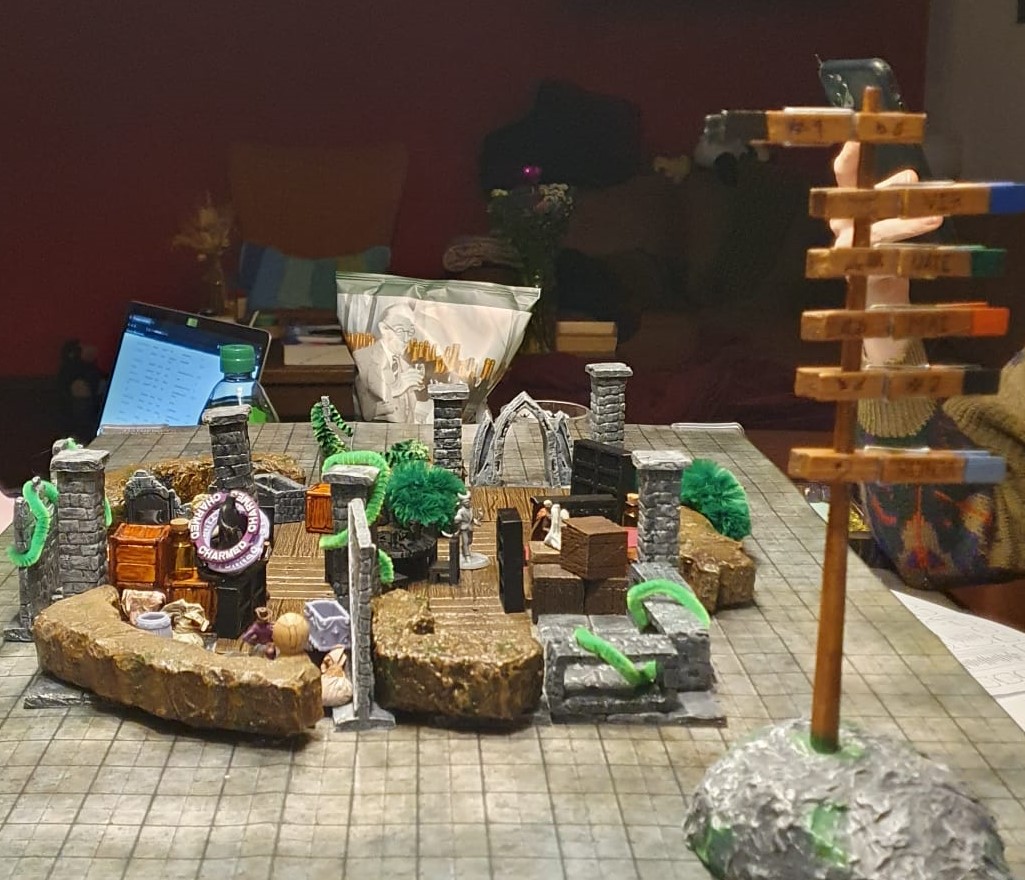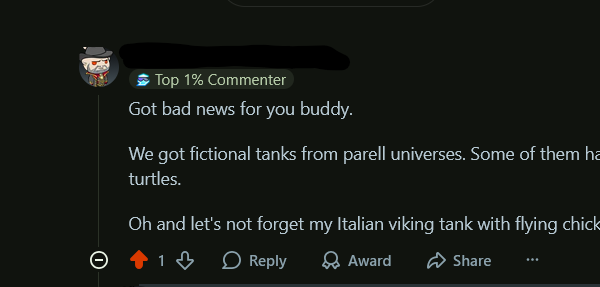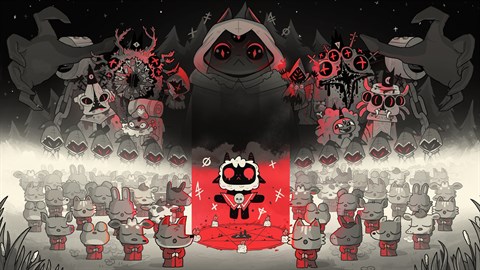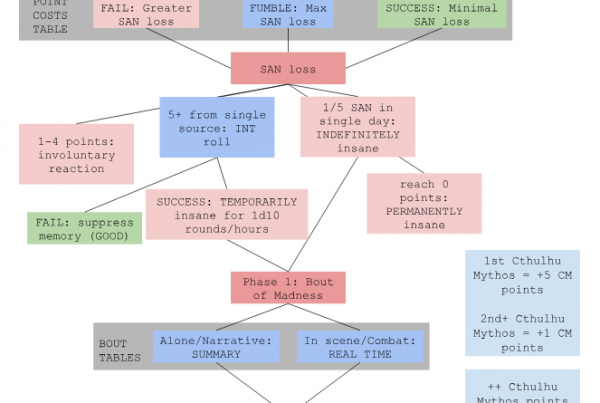A hojicha hyperfixation, Hugh Jackman’s best/worst showing as a huge jacked man, and historical gamers as cyborgian necromancers.
Where do you want to go today? Home, as soon as humanly possible (about 22:30 on Mondays. Weep for me, please.)
Last game you played? An absolutely gnarly D&D 5e session last Friday, featuring a stellar combat map, an undead shadow assassin, and not one but two successful Stunning Strikes. Monks, baby!
A task you’ll finally get around to this week? Eye-tracking analysis. Cue more weeping <3
Quote from a reading you’d recommend? “I feed myself endlessly at the buffet of my language; I shall never be able to give it what it gave me. I am the noise of its complicated harmony, or its wail. I would die from not writing; I would die of not taking my feast of words with a few friends, from whom, somehow, I get my language. I shall never be weaned from it. Not language in general, but my own.” p. 231; from “Theory of the Quasi-Object”, in Michel Serres’ The parasite (2007, trans. Lawrence R. Schehr.)
Something the team is working on? A way to get people talking about (and playing with) critical historical game design. Watch this space 🙂
New question: What’s a great bad movie you’d recommend? I’ve been saying for years that X-Men Origins: Wolverine is a great example of a perfect movie that doesn’t force itself to be “perfect”, or “good”, or even “a movie” and yet maintains perfect movie status. Also, Troye Sivan is in it.
Something you’d write another dissertation about? An ethnographic study of the hierarchies at play in a high school theater department’s green room. I tried borrowing a castmate’s hairspray once. Once.
Quote from something you’ve written? “Experiencing enchantment in a historical video game “requires being alive to, and sinking into, the vibrant materialities and networks of assemblages that give life to digital work” (Graham, 2020, p. 131). Keogh’s cyborg player is “integrated with, embodied through, and constituted by the videogame” (2018, p. 191). To extend this to historical video games is to suggest a capacity for players to integrate and embody–and be made up by–the histories they experience.” From a dissertation chapter tentatively titled Time, Space, and Self-Machines.
A dish you’re hoping to make soon? A hojicha latte, which has been my workday beverage of choice for the last few months; they’re just that good. If that doesn’t count: cheesecake for a dear friend’s birthday.
What question should be swapped out for another?
Let’s take “A dish you’re hoping to make soon” off the menu, and go with “What’s something you used to be good at but can’t do now?“

Keerthi Sridharan is a PhD candidate in the Playful Time Machines project. Their research is centered around games and play as spaces that facilitate and complicate processes of identification, identity construction, and relationality. Previous work has examined emotional play in TTRPGs, perspective in player-character interaction, and language as a playful resource in conversational interaction. They are a sociolinguist by trade, and a gamer by choice. Their spare time is spent stress-baking, making music, and drafting Twine games.
